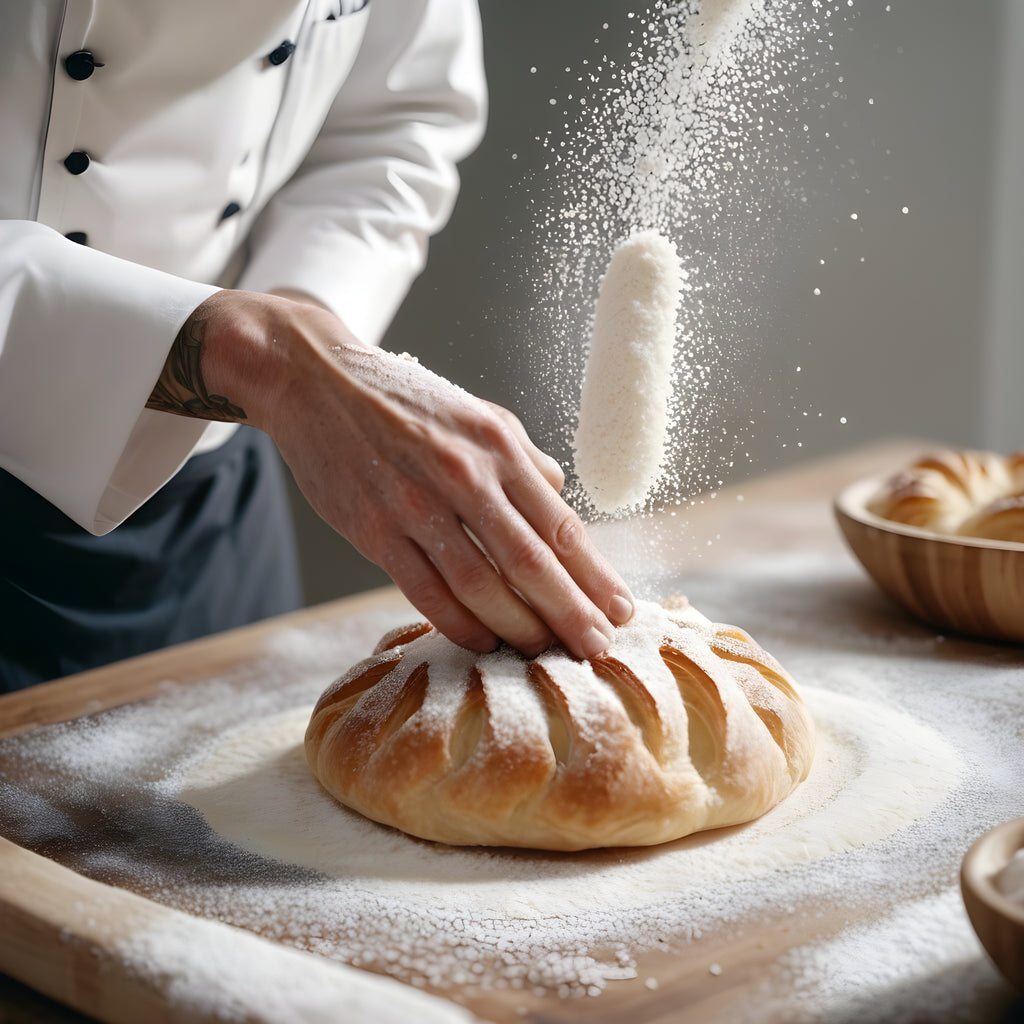
A Pinch of Perfection: The Role of Salt in Baking

1. Introduction: The Crucial Role of Salt in Baking
2. The Science Behind Salt and Baking
3. Types of Salt Used in Baking
4. How Salt Affects Texture and Flavor
5. Salt Substitutes and Alternatives
6. Tips for Properly Incorporating Salt in Baking
7. Conclusion: Mastering the Art of Baking with Salt
1. Introduction: The Crucial Role of Salt in Baking
Salt is often regarded as a humble ingredient, but its significance in baking cannot be overstated. Beyond simply enhancing flavor, salt plays a pivotal role in regulating yeast activity, strengthening gluten structure, and balancing sweetness. Let's delve deeper into the science behind this indispensable pantry staple.
### Explanation:
Salt is not just a flavor enhancer; it contributes to the overall structure and texture of baked goods by interacting with other ingredients.
2. The Science Behind Salt and Baking
Salt functions as more than just a seasoning—it's a key player in the chemistry of baking. When added to dough or batter, salt interacts with proteins in flour, strengthening gluten strands and promoting a tender crumb. Additionally, salt regulates yeast fermentation, controlling the rate of rise and ensuring uniform texture throughout the baked product.
Explanation:
Salt affects the behavior of proteins and yeast, influencing the texture and rise of baked goods.
3. Types of Salt Used in Baking
Not all salts are created equal, and each variety brings its own unique characteristics to the baking table. From fine table salt to coarse sea salt, understanding the differences between salt types can elevate your baked goods to new heights.
Explanation:
Different salts, such as kosher salt, sea salt, and table salt, have varying textures and flavors that can impact the outcome of baked goods.
4. How Salt Affects Texture and Flavor
The amount of salt used in a recipe can greatly influence the final taste and texture of baked goods. Too little salt can result in blandness, while too much can overwhelm the palate. Finding the perfect balance is key to achieving bakery-quality treats at home.
Explanation:
Salt enhances flavor perception by balancing sweetness and suppressing bitterness, while also contributing to the overall structure and texture of baked goods.
5. Salt Substitutes and Alternatives
For those looking to reduce sodium intake or accommodate dietary restrictions, there are alternatives to traditional salt that can still impart flavor and texture to baked goods. Experimenting with options like potassium chloride or herb-infused salts can yield delicious results without sacrificing taste.
Explanation:
Salt substitutes can offer similar flavor-enhancing and textural benefits as traditional salt while catering to specific dietary needs.
6. Tips for Properly Incorporating Salt in Baking
Achieving the perfect balance of salt in your baked goods requires more than just measuring teaspoons. From incorporating salt early in the mixing process to adjusting seasoning to taste, mastering the art of salt in baking is all about finesse and attention to detail.
Explanation:
Properly incorporating salt involves understanding when and how to add it to recipes for optimal flavor and texture enhancement.
7. Conclusion: Mastering the Art of Baking with Salt
Salt may seem like a small detail in the grand scheme of baking, but its impact is undeniable. By harnessing the power of salt and understanding its role in the baking process, you can elevate your homemade treats from good to truly exceptional.
Explanation:
Understanding the role of salt in baking empowers home bakers to create consistently delicious and well-balanced treats.


















